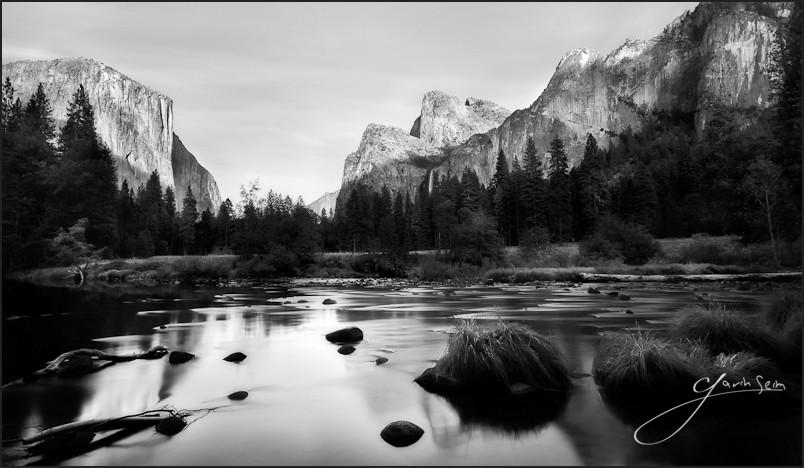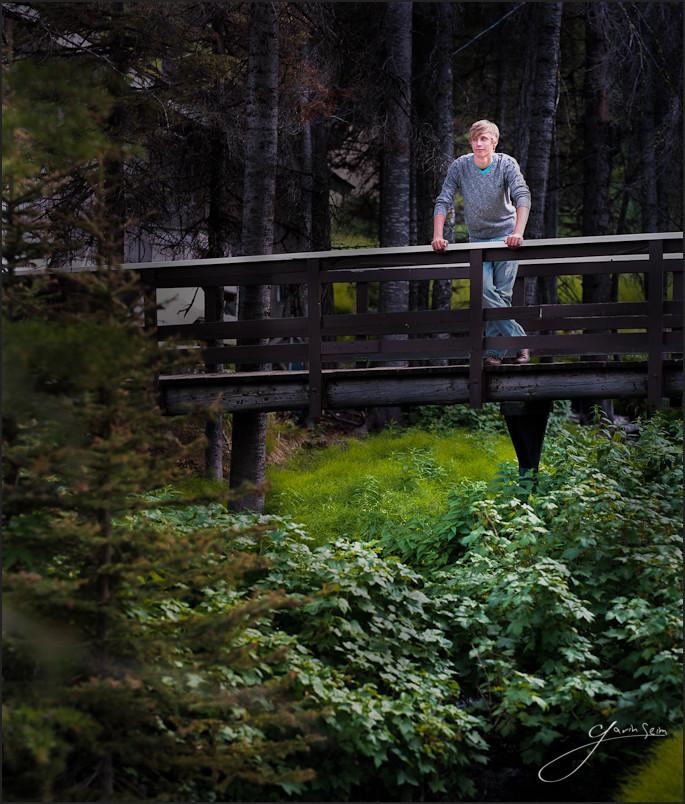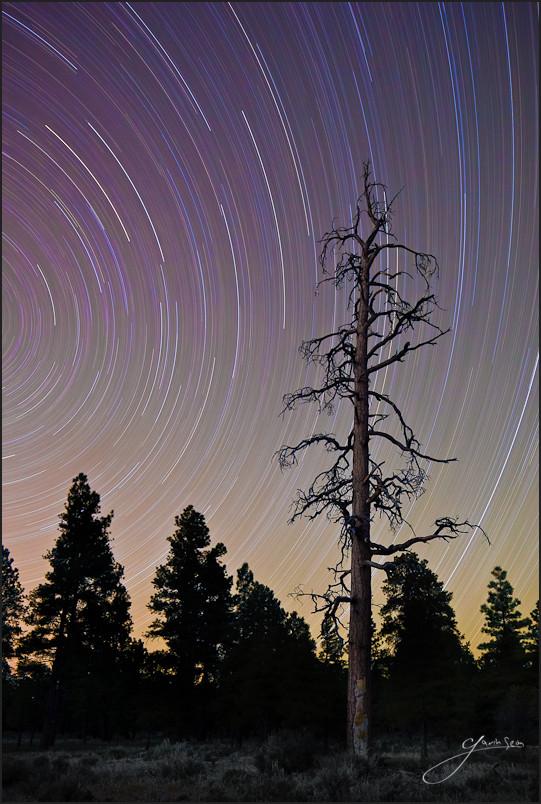Updated 12/11. Never has raising the bar on quality been so relevant to photography than in today’s crowded market. But never have the tools at our disposal been so powerful either. So today I want to share a few quick ideas on inching that bar up, each time we release the shutter. And few tips to help us shoot better and make our images as perfect as they can be.
1. Visualization. Really seeing.
It’s often said it starts in the camera. Well in truth it starts before that. I’m certainly no pioneer in visualizing, but I’ve learned how valuable it is. Sometimes our digital generation brushes aside with a chuckle the tried and true techniques, as if they were insignificant. As if because we have cameras with screens, it’s no longer necessary understand such things. But if there’s one thing I’ve learned in nearly 15 years of pursuing photography. It’s don’t ignore the techniques of the old masters. My generation sometimes thinks they have a better way. They usually don’t.
I recently recorded a short podcast on how I use visualization right here. But the bottom line is you have to do more than just look and click. Visualizing takes practice. It’s NOT about not just seeing something that’s in front of you, or even just seeing an object or composition. It’s about seeing what you want in your final image. Everything you want. The objects, the lines, the tone light and dark of various elements, the colors, the composition. Even down to seeing in your mind the edits you plan to do in the real, or the digital darkroom.
I find using the Zone System to help visualize your scene and place the tonal ranges helps a great deal. Not to mention helping you expose better. But even if you don’t use the Zone System at every step, the zone scale can be invaluable in visualizing. And with practice will become second nature and will effect your work at every stage. You can learn about the Zone system in my article about Zones. Also here’s a classic video with Ansel himself talking about it.

2. The Camera.
This is step 2. These first two could go together. But visualization deserved that first category. Do it before you raise that camera, because it’s easy to get caught in the moment and forget about truly visualizing. But after that visualization, the camera is where a great image is captured. Not the computer. You have a visual for what you want to capture, now you need to use your tools to make it happen.
Consider what you’re trying to do and how you need to leverage your equipment. Shutter speeds, supports, aperture, focus, timing, light. Read the Six Keys To Photographic Image Quality for more thoughts on the technical side of this. And of course, don’t forget your visualization and composition to help make it all happen. This is something to think about in a digital age where we tend to spray and pray. I’m a firm believer that as a whole, our industry needs to slow down. More images does not make better quality and I find taking your time with your camera and image setup makes a great deal if difference in your final result.

3. The initial edit.
You’re only halfway. Even if you want a gentle process, it’s no less important to get your edits right. For me I’ll usually start with some presets. Exploring various subtitles of color and tone and comparing those with my visualization until it feels right. And yes, there are times when you really did not take time to visualize and at this stage your just trying things. That can work, but having a visualization like we talked about is always better.
The initial edit is the time to use everything in your file to best advantage. Think about dynamic range, color channels and the subtleties of your final image. The time you spend may vary. If your cranking though album images on wedding edit you may apply a preset and call it good. A fine art piece or a feature image for a client print deserves more attention. The visualization can be refined and even altered as you go along. Imagine your image on the wall and imagine the subtleties that will make it a masterpiece.
4. The Final Edit.
This is huge and it’s the one I see photographers ignoring the most, because it’s the hardest. Your best work always deserves something more. That print for the client deserves the best. If you want to make a final image that’s truly refined, you have to go beyond a quick Lightroom, Aperture or Camera RAW edit and get into details.
What details? Well this is where your visualization (original or refreshed version) comes back in play yet again. Now we’re talking details. Burning, dodging, cloning, retouching. This is the artistry of a great print and I can’t really explain it in a paragraph. The first step I teach is to have a solid understanding of basic tools like burn, dodge. brushes etc. You can’t very well achieve your goal if you can’t use the tool that’s needed. Tools, presets and actions are great (especially mine 😉 but at that critical point, it comes down to YOU to refine your image and make it sing.
I know I’m not making this easy. But the details are king. It’s what separates the men from the boys. If you captured your image well from the start, you can make your image live up to your visualization. If it’s not happening, you either did you plan the image well enough in camera (this could include waiting for the right light) or you did not use your tools as well as you could have. Sometimes you have to go back and start over. But again, the more you do the detail edits, the more natural and easy they become.
I’m out of time. I know some of my ideas here are not as easy as 1, 2, 3. But the best things rarely are. If I sound abstract at all, it’s only because I’m trying to convey a concept of visualizing, planning, capturing and refining your image. These are all things we look deeper at in my live workshops and video training collections. So feel free to check those out as well if you want to hear more. Lets all keep raising that bar… Gav
A couple related articles you might want to read…

